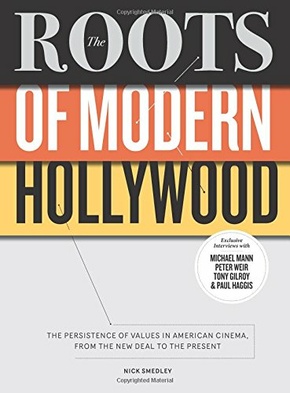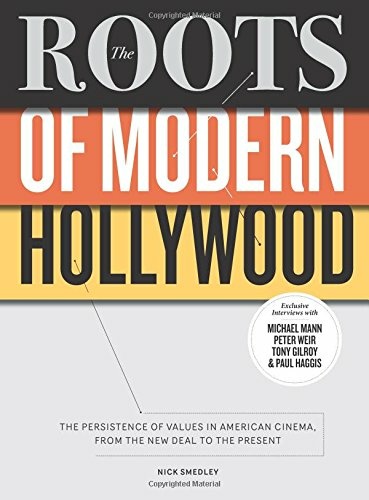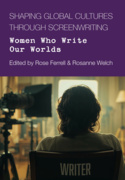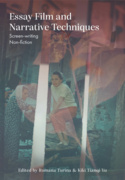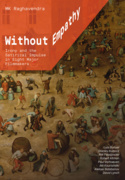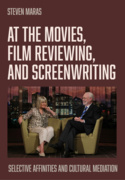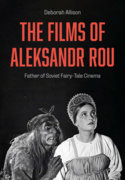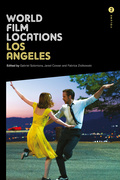The Roots of Modern Hollywood (Book)
The Persistence of Values in American Cinema, from the New Deal to the Present
The Roots of Modern Hollywood studies the cultural and intellectual heritage of American films since 1969, drawing on Hollywood's trends and themes. Smedley explores capitalism, liberalism, pacifism and the treatment of women in Hollywood films. The book also includes interviews with directors Michael Mann, Peter Weir, Tony Gilroy and Paul Haggis.
Edition
In this insightful study of Hollywood cinema since 1969, film historian Nick Smedley traces the cultural and intellectual heritage of American films, showing how the more thoughtful recent cinema owes a profound debt to Hollywood’s traditions of liberalism, first articulated in the New Deal era. Although American cinema is not usually thought of as politically or socially engaged, Smedley demonstrates how Hollywood can be seen as one of the most value-laden of all national cinemas. Drawing on a long historical view of the persistent trends and themes in Hollywood cinema, Smedley illustrates how films from recent decades have continued to explore the balance between unbridled individualistic capitalism and a more socially engaged liberalism. He also brings out the persistence of pacifism in Hollywood’s consideration of American foreign policy in Vietnam and the Middle East. His third theme concerns the treatment of women in Hollywood films, and the belated acceptance by the film community of a wider role for the American post-feminist woman. Featuring important new interviews with four of Hollywood’s most influential directors – Michael Mann, Peter Weir, Paul Haggis and Tony Gilroy – The Roots of Modern Hollywood is an incisive account of where Hollywood is today and the path it has taken to get there.
Nick Smedley is a historian of American culture who specialises in Hollywood cinema. In his latest book, Smedley analyses how Hollywood’s liberal agenda has fared in the years between the election of Richard Nixon and the second term of Barack Obama. For this work, Smedley obtained exclusive access to four leading film directors, who talk about their ambitions and motivations in four modern masterpieces.
Nick Smedley teaches and lectures on cinema in the UK. He is currently researching the last years of Hollywood legend, Preston Sturges, with exclusive access to the private papers of the family estate.
Introduction
Chapter 1: The failure of American liberalism and the cinema of despair: Hollywood in the 1970s
Chapter 2: The disappointment of the liberal renaissance: Hollywood in the Clinton era, 1992–2000
Fantasy in the 1990s
Exemplar film one: Groundhog Day
Exemplar film two: The Truman Show
Author’s interview with Peter Weir
Introduction to the published screenplay of The Truman Show, by Peter Weir
Chapter 3: The rise and fall of the Republicans: Melancholy meditations on America’s destiny, 2000–2012
Film noir for the new millennium
Exemplar film three: Collateral
Author’s interview with Michael Mann
Exemplar film four: Michael Clayton
Author’s interview with Tony Gilroy
Chapter 4: The enduring appeal of pacifism: Hollywood and American global imperialism, 1978–2010
The pacifist tradition
Exemplar film five: In the Valley of Elah
Author’s interview with Paul Haggis
Chapter 5: The creeping advance of feminism: Hollywood and the changing role of women in America, 1970 to the present
The feminist debate
Two-faced woman – Julia Roberts as the incarnation of the American woman
Exemplar films six and seven: Pretty Woman and Erin Brockovich
Conclusion

